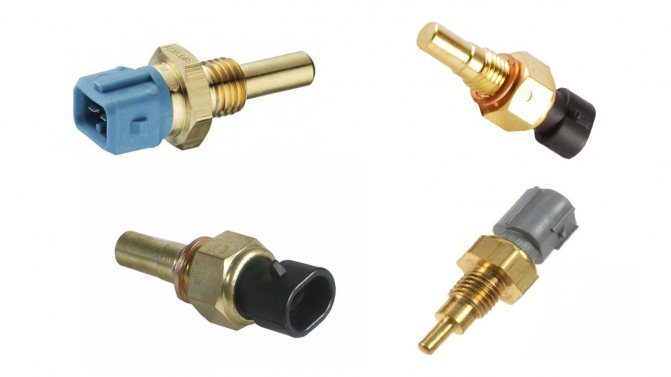
P2559 High signal level sensor / engine coolant switch
Content
- P2559 High signal level sensor / engine coolant switch
- OBD-II DTC Datasheet
- What does this mean?
- What is the severity of this DTC?
- What are some of the symptoms of the code?
- What are some of the common causes for the code?
- What are some steps to troubleshoot the P2559?
- Related DTC discussions
- Need more help with the P2559 code?
P2559 High signal level sensor / engine coolant switch
OBD-II DTC Datasheet
High signal level in the sensor / switch circuit of the engine coolant level
What does this mean?
This is a Generic Powertrain Diagnostic Trouble Code (DTC) applicable to many OBD-II vehicles (1996 and newer). This may include, but is not limited to, Audi, Ford, BMW, Lincoln, Chrysler, etc. Despite the general nature, the exact repair steps may vary depending on the model year, make, model and transmission configuration.
OBD-II DTC P2559 and associated codes P2556, P2557, and P2558 are associated with the engine coolant level sensor and / or switch circuit.
Some vehicles are equipped with a coolant level sensor or switch. It usually works using some kind of float similar to the one used in your gas pressure gauge sending device. If the coolant level falls below a certain level, this completes the circuit and tells the PCM (Powertrain Control Module) to set this code.
When the PCM detects that the voltage or resistance in the coolant level sensor / switch circuit is too high outside the normal expected range, a P2559 code will set and the check engine light or coolant / overheat low level may illuminate.

What is the severity of this DTC?
The severity of this code is moderate because if the engine coolant level drops too low, there is a possibility that the engine will overheat and cause significant damage.
What are some of the symptoms of the code?
Symptoms of a P2559 trouble code may include:
- The coolant warning lamp is on
- Check engine light is on
What are some of the common causes for the code?
Reasons for this P2559 code may include:
- Defective coolant level sensor or switch
- Faulty or damaged coolant level sensor / switch wiring
- Corroded, damaged or loose connector
- Defective fuse or jumper (if applicable)
- Defective PCM
What are some steps to troubleshoot the P2559?
The first step in troubleshooting any problem is to review the vehicle-specific Technical Service Bulletins (TSBs) by year, engine / transmission model, and configuration. In some cases, this can save you a lot of time in the long run by pointing you in the right direction.
The second step is to find all the components associated with the engine coolant level control circuit and look for obvious physical damage. Possible locations for this sensor or switch may include the coolant reservoir, overflow reservoir, or radiator. Refer to the specific vehicle repair manual to determine the location in your vehicle.
Perform a thorough visual inspection to check the associated wiring for obvious defects such as scratches, abrasions, bare wires, or burn spots. Next, you should check the connectors and connections for safety, corrosion and damage to the contacts. This process should include all electrical connectors and connections to all components, including the PCM. Consult your vehicle specific data sheet to check the configuration of the oil level safety circuit and see if the circuit has a fuse or fusible link.
Advanced steps
The additional steps become very vehicle specific and require appropriate advanced equipment to be performed accurately. These procedures require a digital multimeter and vehicle-specific technical reference documents. In this situation, an oil pressure gauge can facilitate the troubleshooting process.
This article is for informational purposes only and specific technical data and service bulletins for your vehicle should always take priority.
Related DTC discussions
- There are currently no related topics in our forums. Post a new topic on the forum now.
Need more help with the P2559 code?
If you still need help with DTC P2559, post a question in the comments below this article.
NOTE. This information is provided for informational purposes only. It is not intended to be used as a repair recommendation and we are not responsible for any action you take on any vehicle. All information on this site is protected by copyright.
